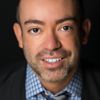
This Wednesday, seven organizations known as the Diverse Elders Coalition will hold a Congressional briefing to discuss the policy implications of America's aging boom. As millions enter retirement age in the next few decades and as this country becomes increasingly more diverse, the number of older people who are Black, Latino, Asian and Pacific Islander, American Indian and Alaska Native will grow exponentially -- as will the number of elders who are lesbian, gay, bisexual and transgender (LGBT). This begs two fundamental questions: Is our country's aging network paying particular attention to older populations who are more vulnerable? And if not, what can lawmakers do to correct this neglect?
According to a report issued last week by the Diverse Elders Coalition, the number of Americans age 65 and older will double to roughly 80 million over the next three decades. Similarly, the Administration on Aging reports that communities of color, across populations, will grow dramatically by 2050. For example, between 2008 and 2050, the Latino older population will grow from 6.8 to 19.8 percent of the U.S. population age 65 and older. In that time frame, the number of LGBT elders will double to more than three million, according to an estimate offered by SAGE, the leading national nonprofit focused on issues of LGBT aging.
Yet behind these numbers is a grimmer reality. Elders of color and LGBT elders grapple with profound disparities across areas related to health and well-being. And while the rates and manifestations for these disparities differ by population group, a heightened vulnerability is constant. Many of these elders have lived a lifetime of discrimination, only to find themselves aging into a system that perpetuates inequality: aging providers who lack the cultural and linguistic competence to manage their unique needs, a lack of targeted funding for programs directed at these populations and barriers in the laws and programs meant precisely to protect all people as they age. As one example, same-sex partners are denied basic benefits under Social Security and Medicaid, an inequality that strips LGBT older people of a vital support system and spirals many into poverty. More broadly, the safety net programs that low-income older people rely on are under increased scrutiny and attack. If Congress weakens Social Security, it's poor and low-income elders of color and LGBT elders who will bear the brunt.
What accounts for these disparities? For starters, elders of color and LGBT elders deal with severe economic injustice, the subject of the new report from the Diverse Elders Coalition. For generations, communities of color have been disproportionately segmented into professions with low pay, few labor protections, immigration-based restrictions, limited health and savings benefits and routine discrimination. In turn, many elders of color now find themselves in poor health and with few retirement options; too often, they are forced to work into their late 60's and 70's or risk succumbing to poverty and homelessness. Worsening the problem is that LGBT people in most states (and at the federal level) lack protections from employment discrimination on the basis of sexual orientation and gender identity.
These aging burdens are experienced most heavily by elders of color who are also LGBT, a diverse demographic in itself. The available research has found significant health disparities among LGBT communities of color, from health insurance coverage to chronic illness to substance abuse and more. These health conditions worsen as one ages and contribute to social isolation, a debilitating phenomenon among older people that's compounded for LGBT elders of color, who lack community spaces where they can be supported across their multiple identities. At SAGE Harlem, a program serving LGBT elders of color in New York City's historic Harlem neighborhood, we hear countless stories of elders who -- until this program launched -- had delayed seeking support for fear of discrimination. While a space for community building has now become a life-saver for hundreds of elders in Harlem, these types of supports are virtually non-existent in the majority of the country.
Policymakers can improve the overall supports for elders of color and LGBT elders by heeding the advice of the Diverse Elders Coalition, outlined in its new report. Programs such as Social Security, Medicare and Medicaid should be strengthened and made more inclusive. Funding for culturally and linguistically appropriate services that work with communities of color and LGBT communities should be bolstered. Health care reform implementation at the state level should explicitly support communities of color and LGBT communities in its funding, outreach and services. And perhaps the upcoming reauthorization of the Older Americans Act (OAA) offers the most important opportunity for elders of color and LGBT elders; as one goal, the reauthorization of the OAA could define "greatest social need" to specify LGBT older adults, increasing support from aging providers to a disenfranchised population.
The Diverse Elders Coalition has officially announced itself, bringing an essential perspective to the aging field and to the Beltway. And as the coalition's constituents surge over the next few years, it will also be bringing its votes.
